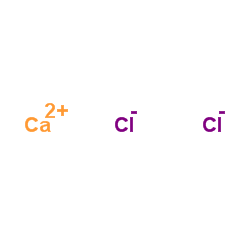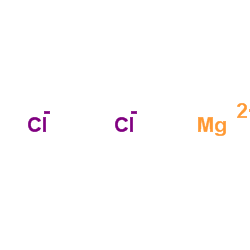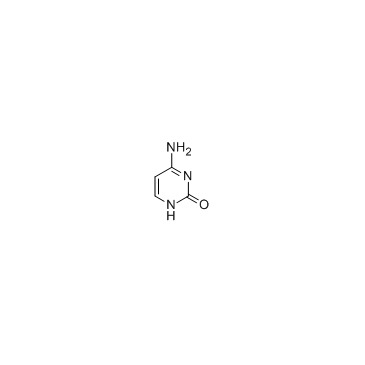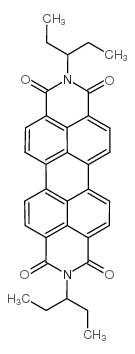| Structure | Name/CAS No. | Articles |
|---|---|---|
 |
sodium dodecyl sulfate
CAS:151-21-3 |
|
 |
Calcium chloride
CAS:10043-52-4 |
|
 |
magnesium sulfate
CAS:7487-88-9 |
|
 |
Magnesium choride
CAS:7786-30-3 |
|
 |
cytosine
CAS:71-30-7 |
|
 |
calcium chloride dihydrate
CAS:10035-04-8 |
|
 |
2,9-Di(pent-3-yl)anthra2,1,9-def:6,5,10-d'e'f'diisoquinoline-1,3,8,10-tetrone
CAS:110590-81-3 |
|
 |
Ethylenediaminetetraacetic acid
CAS:60-00-4 |